Tour the galápagos Islands
The famous “little world within itself” as quoted by Charles Darwin, 600 miles off the coast of Ecuador is nothing short of remarkable. Among the 13 Galápagos Islands and their numerous surrounding inlets, a captivating array of distinct ecosystems thrives. These environments are home to an astonishing array of one-of-a-kind animal species.
These Galápagos cruises allow you to snorkel through crystal-clear waters right off the boat, with sea lion and hammerhead shark just a few feet below you. Sunken volcanic craters provide shelter for shoals of vibrantly coloured fish and crustaceans. Embarking on a Galápagos wildlife expedition across the islands will immerse you in close encounters with the likes of marine iguanas, playful dolphins, and chattering penguins.
Why we love this !
This trip to Galapagos was the best marriage Counselling money can buy.
First action.. buy a Camera, and perhaps one thing to remember before you go is… buy a good camera!
Our captivating all-consuming experience visiting Galapagos started weeks ahead of departure with Karen choosing a new camera and lenses for her Birthday and signing up for a local one to one photography masterclass . I think we touched the right nerve and fanned the flame of the girls’ new passion in life.
We travelled with Abercrombie & Kent so as not to make a mistake or skimp on comfort.
We landed in Quito, surprisingly welcomed by colonial bliss. I don’t usually enjoy travelling in groups, but in this instance there were 16 of us and being like-minded adventurers we blended well. Not so many as to feel herded and not so few as to struggle for someone interesting to talk to. I only have three jokes, so every day I found a new victim.
We flew via Madrid, and I must admit the code share flight with Iberia was worth it in business class to be on the new airbus A380 top deck. A big double decker experience of modern aviation feels a little less personal because there are so many business class seats that it doesn’t feel quite so exclusive but nevertheless, you can’t fault the comfort, the service, in-flight entertainment… and fillet steak.
Our first night was at the Hotel del Parque in Guayaquil, centrally placed mid-city for an evening stroll and by far better than any ordinary stopover hotel. If you’re only going to stay for one night you may as well make it a good one. I’m not one for slumming it!
From Quito next day it’s a domestic flight to the Galápagos Islands so in total 3 flights, and worth it.
Upon arrival in Baltra airport you’re reminded of the ecological protection afforded this precious destination as you pass Inspection to ensure there are no foreign plants, animals, food or organic material secreted about your person, and outside customs our ‘guardian Angel’ met and escorted us across wilderness roads and water channels by private car and boat to our Hotel. The Royal Palm is a hideaway secreted amidst lava tunnels and Cinder-cone volcanoes where its private estate has nine different areas of geological interest.
Just to add a local induction we elected to join a ceviche cookery class which is one of the most popular dishes in Ecuador and ofcourse my light-fingers couldn’t help consuming half the ingredients before they made it to the lunch table.
From the Royal Palm, we moved onto the eco-lodge Hotel at Finch Bay which is located in a private reserve with beach access. In the Galapagos this means.. never touched by humans! The hotel has only 27 rooms and provides a tranquil environment off the beaten track surrounded by one of natures most fascinating tropical landscapes.
There are plenty of activities to immerse yourself fully in the Galápagos experience including snorkelling, kayaking, scuba, diving and hiking but if you are, like me, and enjoy making the art of relaxation a National sport, you can lounge in the pool and soak up the cleanest air on the planet with a fresh juice spritz and volcanic warmed towels. Bliss in the wild.
From Finch Bay, we moved to explore south Plaza island. There’s a lot of different places to see and there’s no point in staying still. It’s the variety of landscapes that delivers a shock to the system. Take good comfy light weight walking boots or trainers.
We explored south Plaza island, one of the smallest and (depending on the season) most colourful islands finding sea lion colonies and both land and hybrid iguanas, the ugliest animal on the planet, yet threatened by none. This with countless bird life the stuff of legend soaring the cliffs for you twitchers out there.
Back to the hotel before dusk we’re off next day to Santa Cruz & Cristobal Island onboard the Galapagos Element transfer ferry boat. Upon arrival at San Christabel Island, we transferred to the luxury motor catamaran Elite with its 8 cabins for our four day charter. This is no ordinary charter, more Jaques Cousteau dipped in Chablis! A welcoming crew handing warm towels and a glass of wine upon return from each of the two daily zodiac wildlife excursions.
Onboard this is your transferable basecamp for all the island visits, each different from the last with breathtaking variety and life-affirming nature at its grandest.
David Attenborough had it good, but it’s still untouched by people. Tourism funds the environmental and ecological preserves here but it still has to be seen to be believed.
We saw square point on Española and Floreana island, Gardner Bay and Osborne islets, Cormorant point, champion islet and Maschera islet on our travels.
We also stopped off at Post Office Bay, one of the most remote settlers sites with the most remote mailbox in the world. The mailing tradition developed by British Whalers in the 18th century and still happening today where each visitor opens the mailbox and takes home the local post for their return. You customarily leave a letter for a loved one and the next traveller passing enroute to your letters destination will take it and deliver it by hand.. and it works!
The vantage points and panoramic views surrounding the mangroves on the coastline of this region and the wildlife of the small sandy islets and flat landscapes located between volcanic outcrops enables you to encounter a huge population of shore birds, sea lions, and striking sally Lightfoot crabs found clinging to the dark rock.
There are numerous coves making this a fantastic experience snorkelling in the crystal clear winter water and one of the highlights for me was the night transit on our yacht with the balcony doors open and Jurassic birds flying along side, watching us watching them.
On completing our cruise adventure, we moved on to Picaia Lodge in the transition zone at 1400 feet between the sunny arid savanna, and the lush tropical forest mists of this volcanic island delivering a contrast of landscapes whichever direction you scan.
This is home to the wild giant tortoise, and although these used to be farmed for sailors and whalers food, they’re now treasured and bred in this beautiful sanctuary.
This last hotel enjoyed panoramic windows and discrete private terraces and an infinity pool sensitively built of local material and impact free in this treasured nature reserve.
Our guide throughout was rightly named as guardian angel, ensuring we experienced and lived and learned but without being patronised
Every step you make in the heart of this wilderness is without footprint other than that in your consciousness.
Did I mention to bring a camera?” ~ James & Karen
All the things you need to know
- January : See land birds building their nests and marine iguana displaying their bright colours. You’ll also be in with a chance of seeing sea turtle laying their eggs on shore.
- February : On Floreana Island and Santa Cruz, greater flamingo and marine iguana begin nesting. February is also breeding season for Bahama pintail duck.
- March : The rainfall is at its highest in March, with sporadic downpours taking place. Humidity is high and air temperatures begin to reach 30C.
- April – May : In May, blue-footed boobies display their courtship rituals while sea turtle and marine iguana hatch from their eggs.
- June – July : In July, sea bird communities become very active and lava lizard begin their mating season. Whale and dolphin species are most likely to be observed at this time, especially off the west coast of Isabela Island.
- August : August is pupping season for the islands’ sea lion population, and it’s also when giant tortoise return to the highlands.
- September : Sea lion become very active, with frequent fighting between males for mating rights. Dive beneath the waves to see torpedo-like Galápagos penguin hunting for small fish. September is the peak of the cold season, with air temperatures dropping to 19C.
- October : Lava heron begin nesting and blue-footed boobies raise their recently hatched chicks. This is mating season for fur sea lion, and you’ll also be in with a chance of seeing giant tortoise laying eggs. The cold season continues, with some low-lying fog possible. However, this tends to burn off throughout the morning.
- November – December : In December, giant tortoise eggs begin to hatch and green sea turtle put on their mating displays. The weather improves significantly in these months, with calm seas and excellent visibility for snorkellers.
- FERNANDINA : One of the Galápagos’ pristine islands, Fernandina is also the youngest and most westerly.
- ISABELA : The largest island in the area, Isabela covers more ground than all of the other islands together. This ensures it offers some of the most varied wildlife to be found in the region and so is an ideal starting point for any Galápagos foray.
- SANTIAGO : Conservation efforts on Santiago island have ensured that the wildlife here is varied and vibrant. From the marine iguana and Sally Lightfoot crab at Puerto Egas to the tropical fish circulating under the water, you are bound to see some outstanding sights.
- MARCHENA : This island is free from any human activity, meaning it is an idyllic home from some native species. To experience Marchena island, you will have to join an organised tour, usually for scuba diving to see the surrounding waters and fish.
- GENOVESA : Referred to frequently as the ‘bird island’, Genovesa is the best island visit for ornithologists. Its shores are resident to a large colony of red-footed booby and you will see up to 200,000 Galápagos storm petrel here.
- BALTRA (SOUTH SEYMOUR) : Not part of the national park, unlike the rest of the islands, Baltra’s history is more military. It is home to an Ecuadorian military base, an abandoned US air force base and the largest airport on the Galápagos.
- NORTH SEYMOUR : This island is all about the breeding colonies of birds – so expect some chicks and a ‘cuteness’ overload. As well as many photograph opportunities. The most vibrant and beautiful bird species live here including the frigate bird and the blue-footed booby.
- SANTA CRUZ : A highly populated island among this small archipelago, Santa Cruz is the area’s second largest island and home to wide array of life.
- FLOREANA : While many species of wildlife still thrive on Floreana, this island unfortunately has been negatively affected by human presence. After rats, goats and pigs were introduced, the native flora and fauna were destroyed and the island’s breed of tortoise suffered extinction.
- SANTA FE : Take a day trip here from Santa Cruz and experience some of the Galápagos’ best plant and wildlife. From deep within the Opuntia cactus forest, you’ll walk amongst the eponymous plant as well observe yellow warblers and the Galápagos dove, while spotting the lava lizard and Santa Fe land iguana darting through the undergrowth.
- SAN CRISTOBAL : Here you can head out into the crystal waters off Cerro Brujo where you may encounter sea lion, pelican and blue-footed booby. Diving down it’s possible to come face to face with shark, turtle, manta ray and shoals of tropical fish.
- ESPAÑOLA : A plethora of more birds can be seen at Punta Suarez where the swallowed-tail gull and Española mockingbird can be watched for hours on end.
- PINZON : Also referred to as Duncan island, Pinzon was the stopping point for the Pinta and Nina boats that were part of Columbus’s New World voyage. Careful planning is needed to come here as you will require a special permit and there are no visitor facilities to speak of.
Explore the Galápagos Islands in style. Step aboard the Evolve, a luxury yacht chartered exclusively for this adventure. This fantastic vessel accommodates up to 20 passengers, providing each with unparalleled comfort when cruising these fabled waters. The Al Fresco Area offers authentic Ecuadorian fine-dining experiences. Daily excursions take you to the different islands of the Galápagos, accompanied by an expert naturalist guide.
All excursions can be tailed to suit your interests, however some of the most popular options include a visit to San Cristobal island. This island is full of panoramic hiking trails over the volcanic landscape. This is probably the only site where the Galapagos’ three booby species can be seen together which include; Nazca, blue-footed and red-footed. Espanola Island is a great spot for watching sea lion and marine iguana. Meanwhile, at Kicker Rock you can enjoy astonishing snorkelling trips to observe manta ray, sea turtle and shark.
Gallery
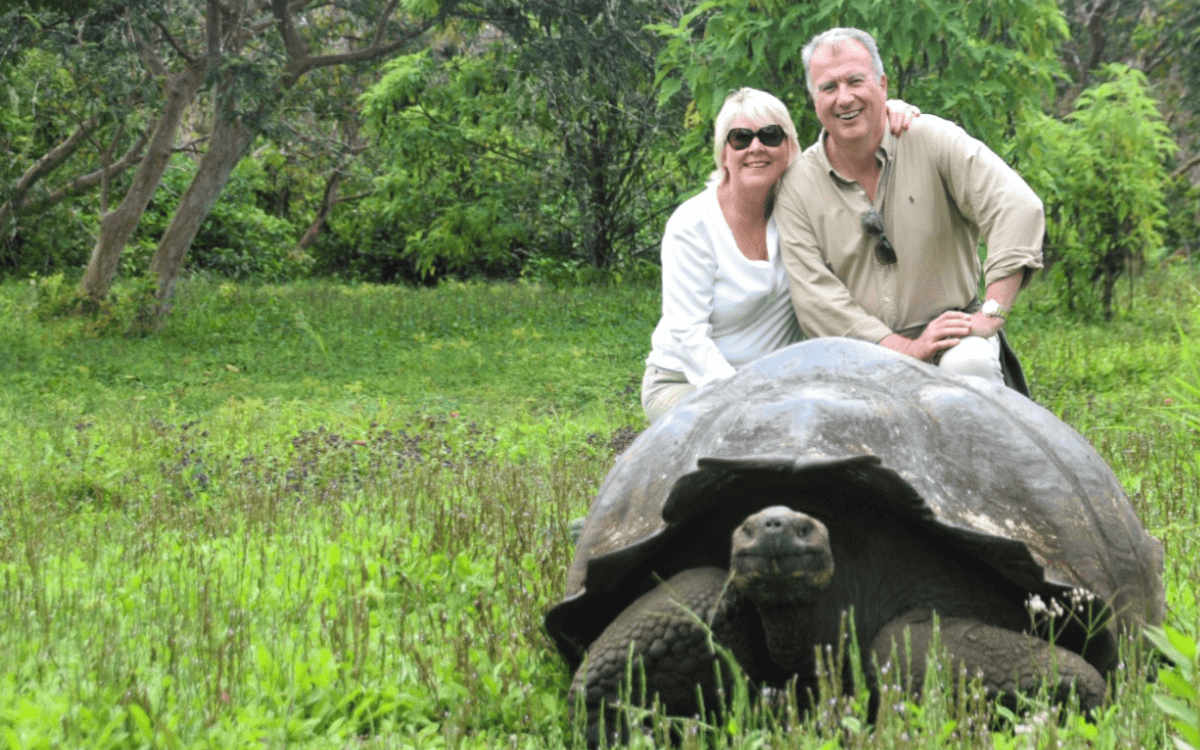
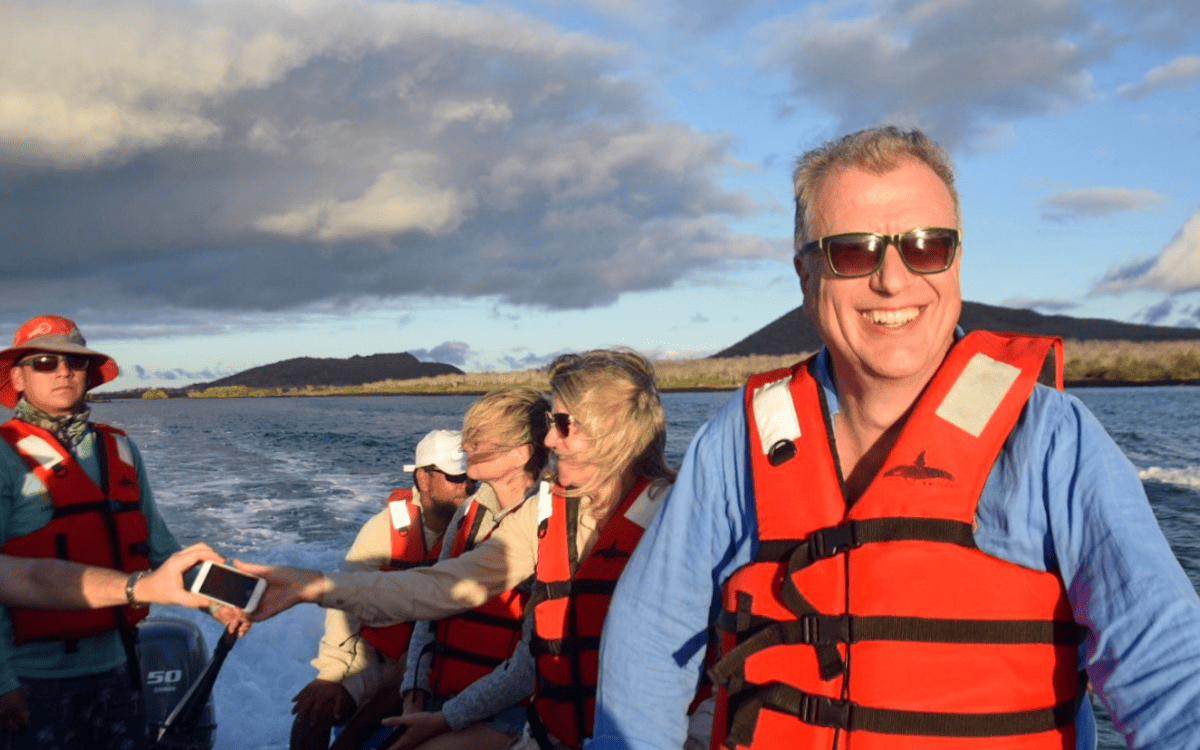
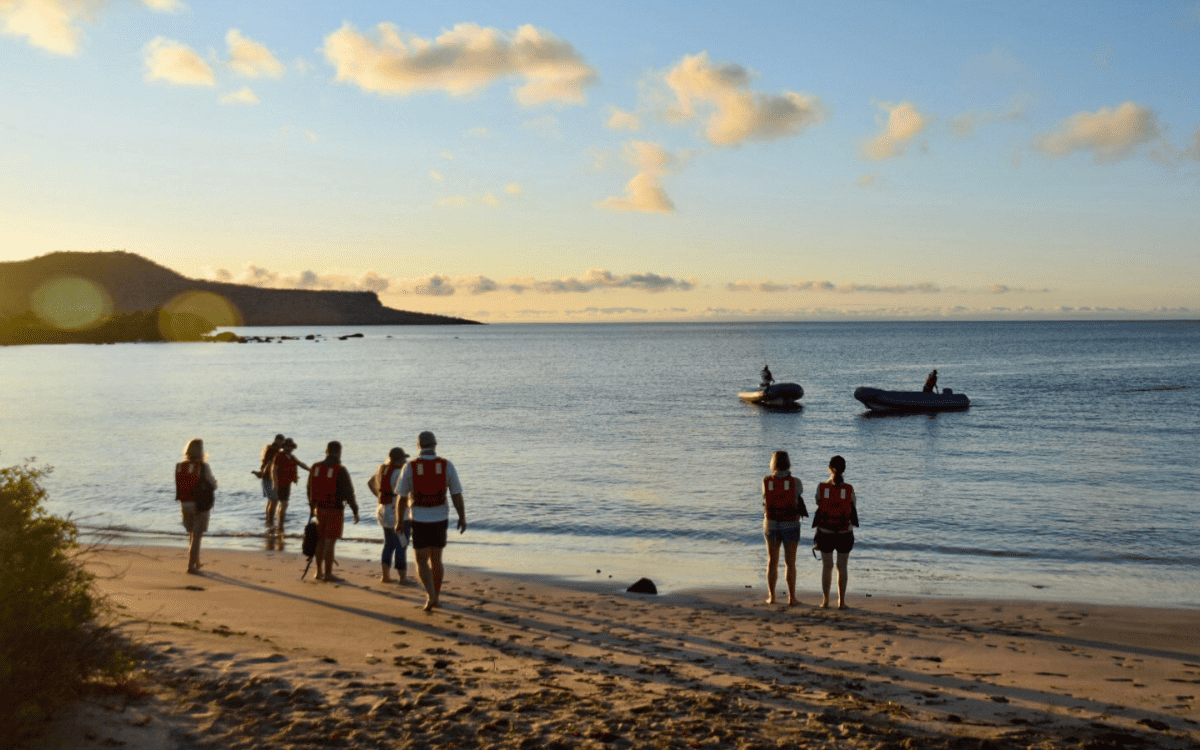
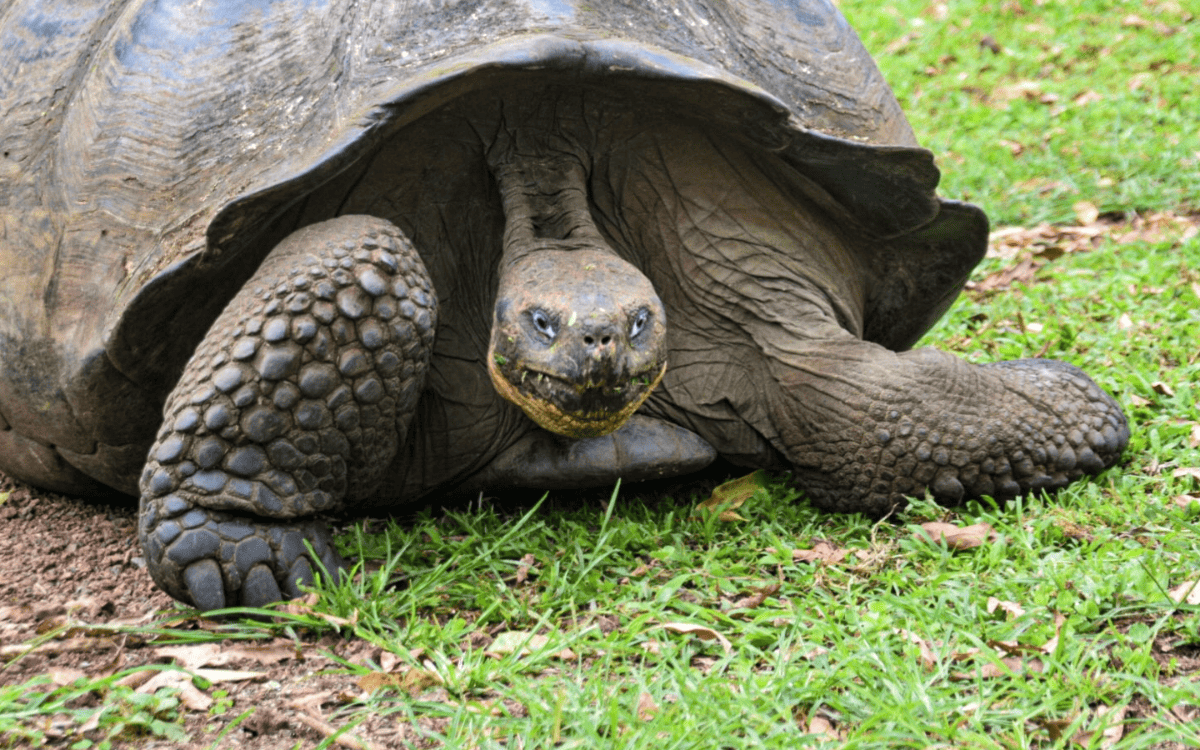
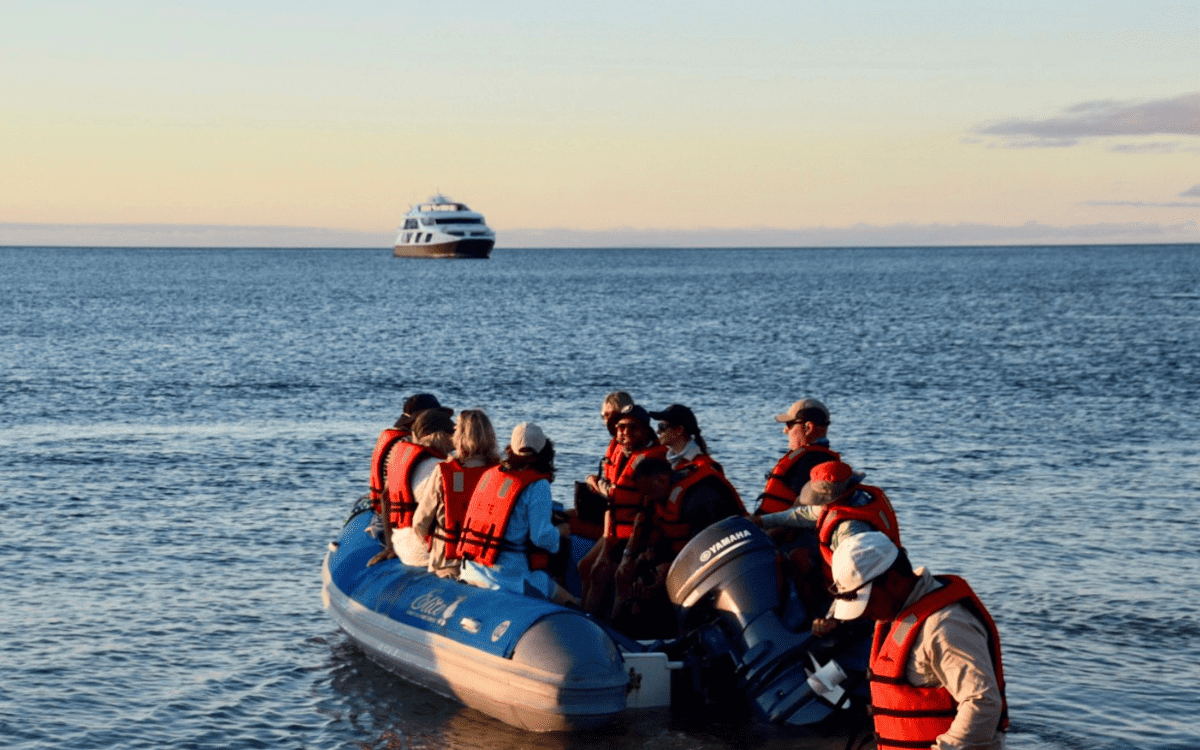
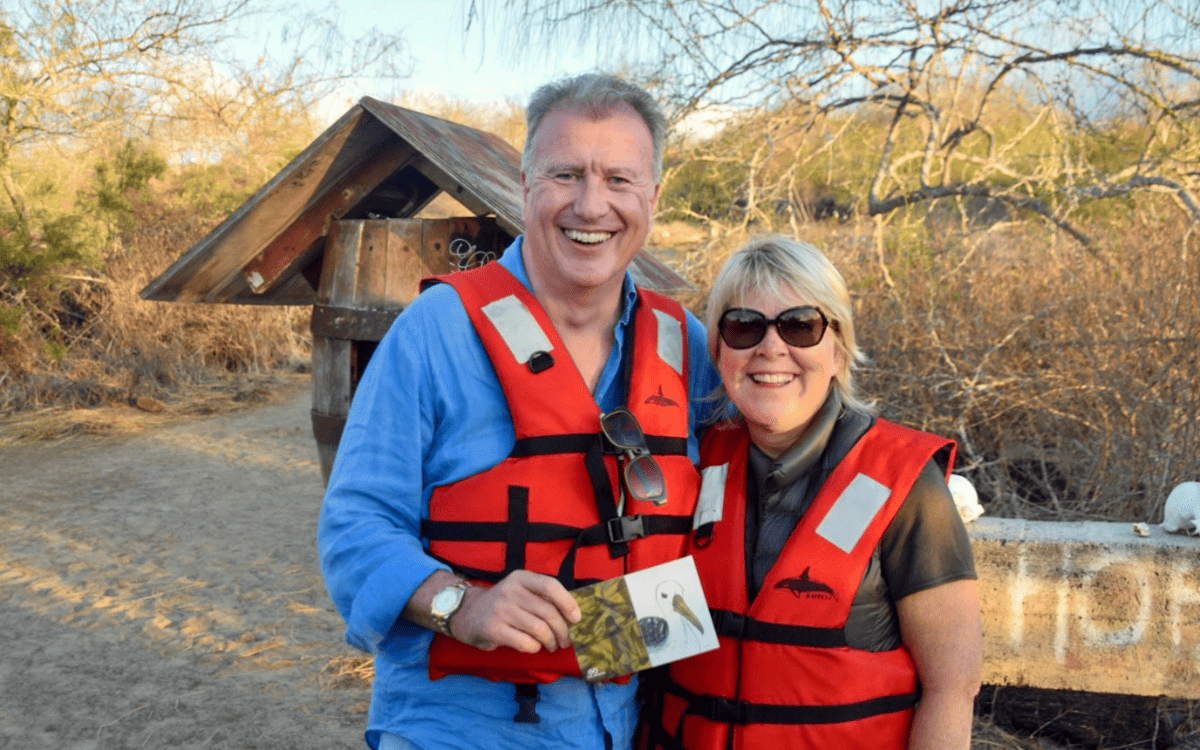
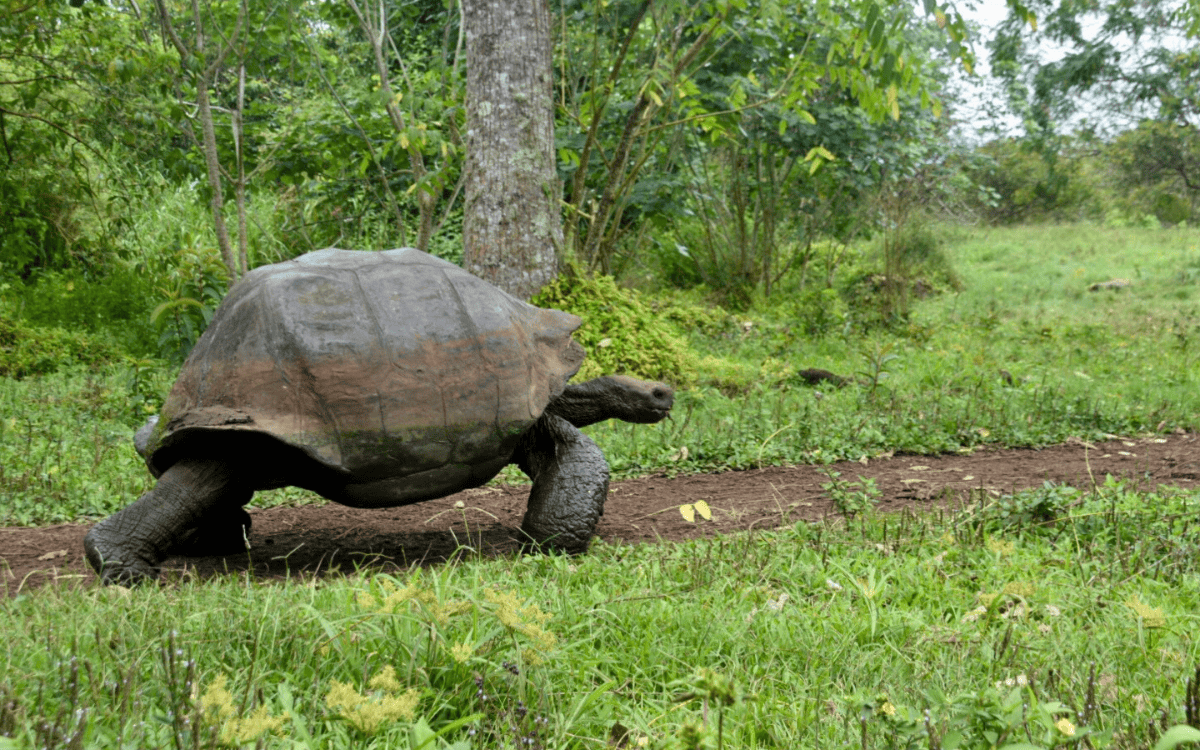
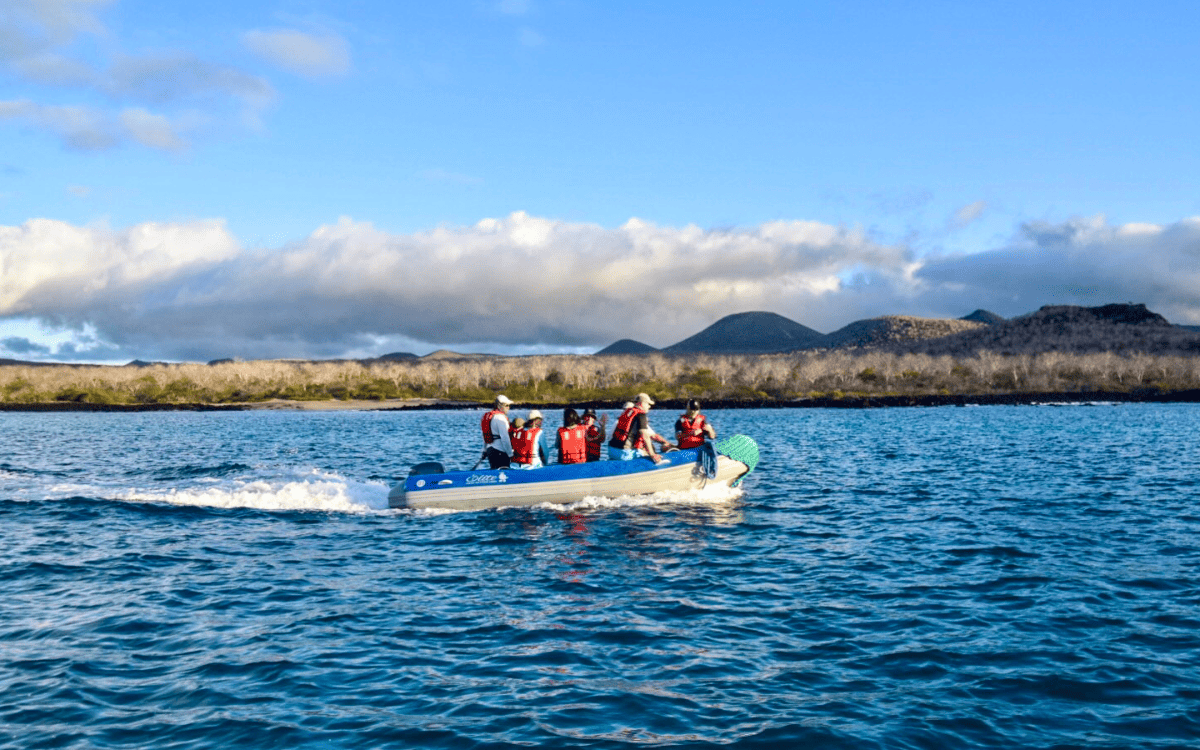
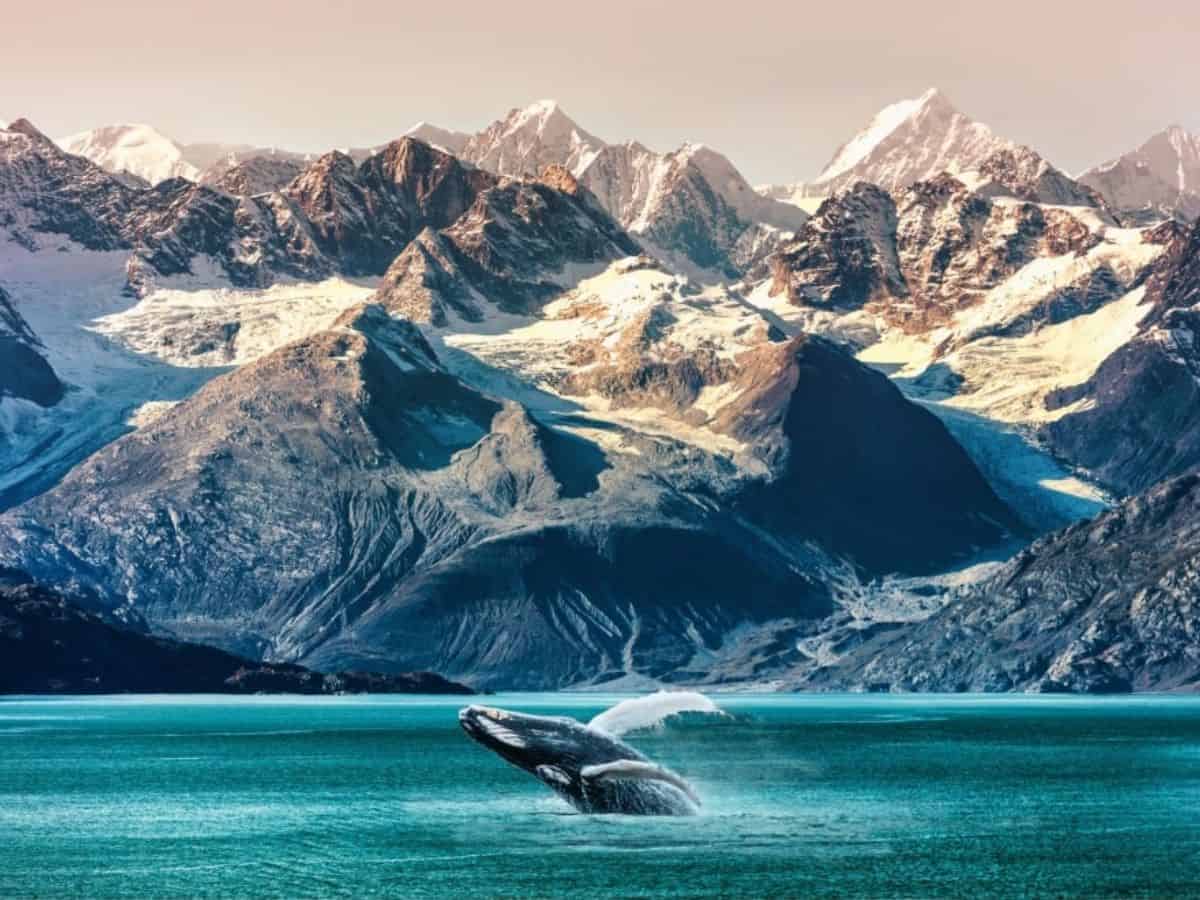
Let's Chat
We are here to help. Our travel experts will organise and book your dream holiday.
call us today or complete our online enquiry form to start your next adventure.
Let's Chat
We are here to help. Our travel experts will organise and book your dream holiday.
call us today or complete our online enquiry form to start your next adventure.



